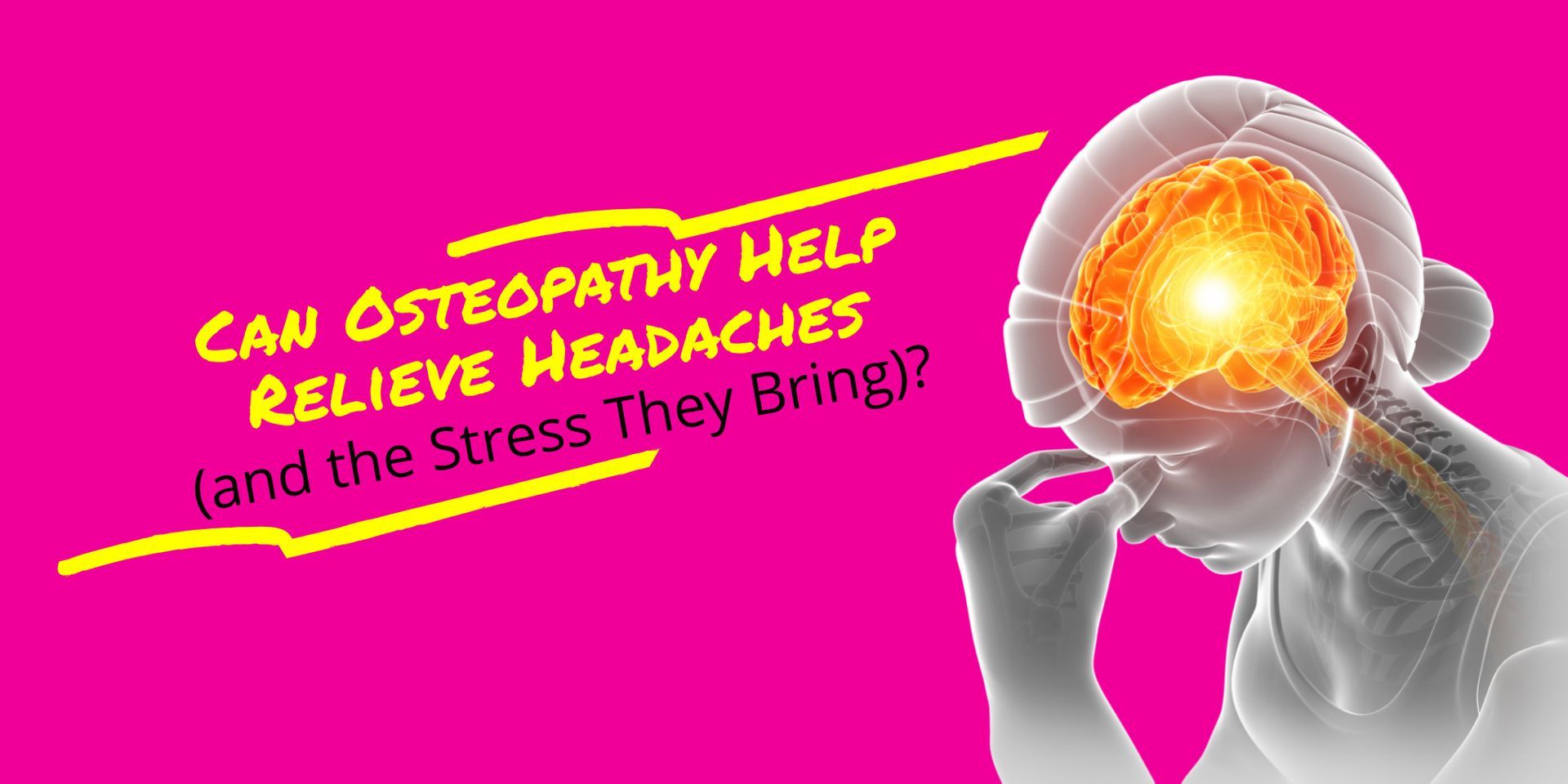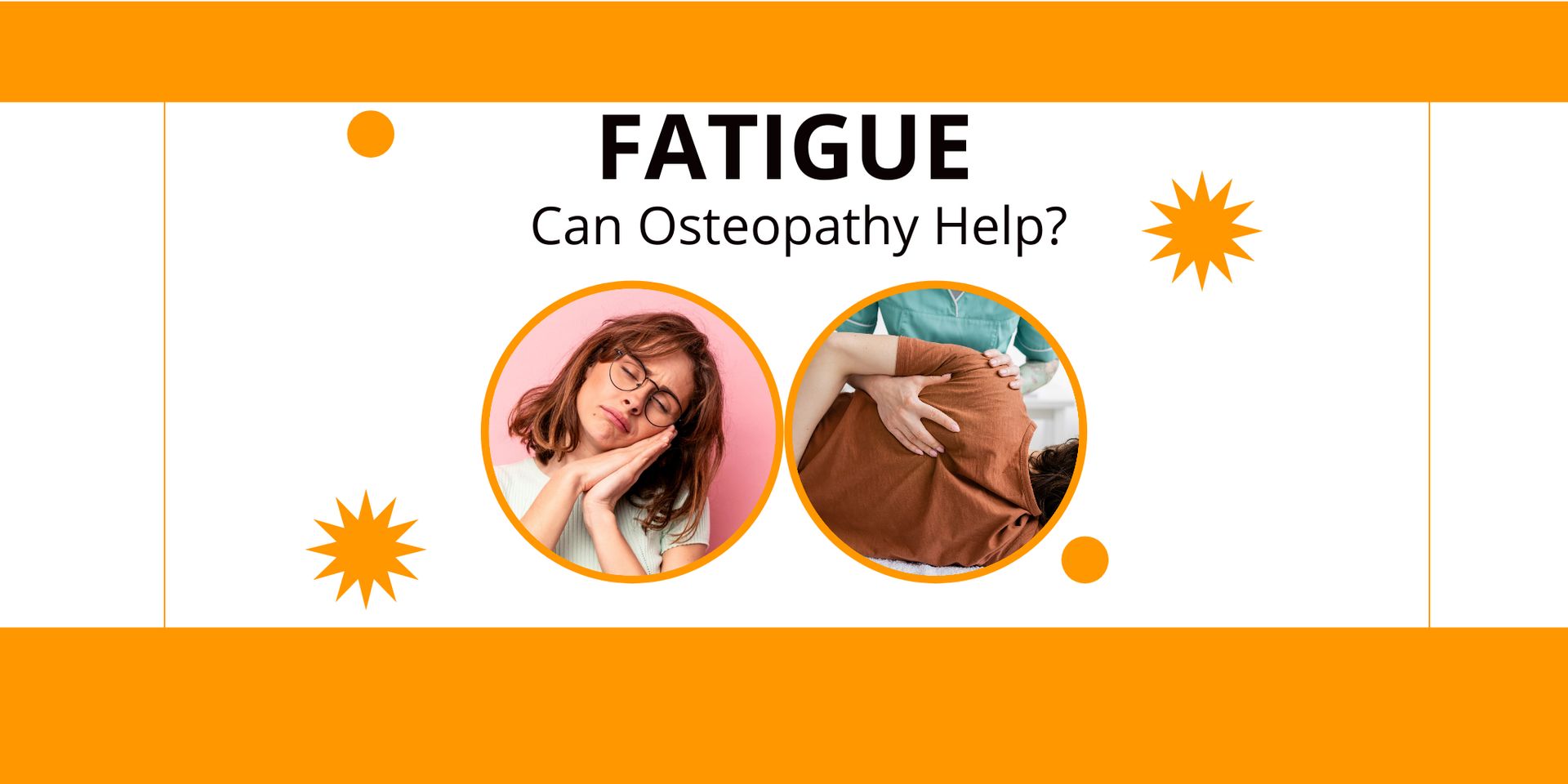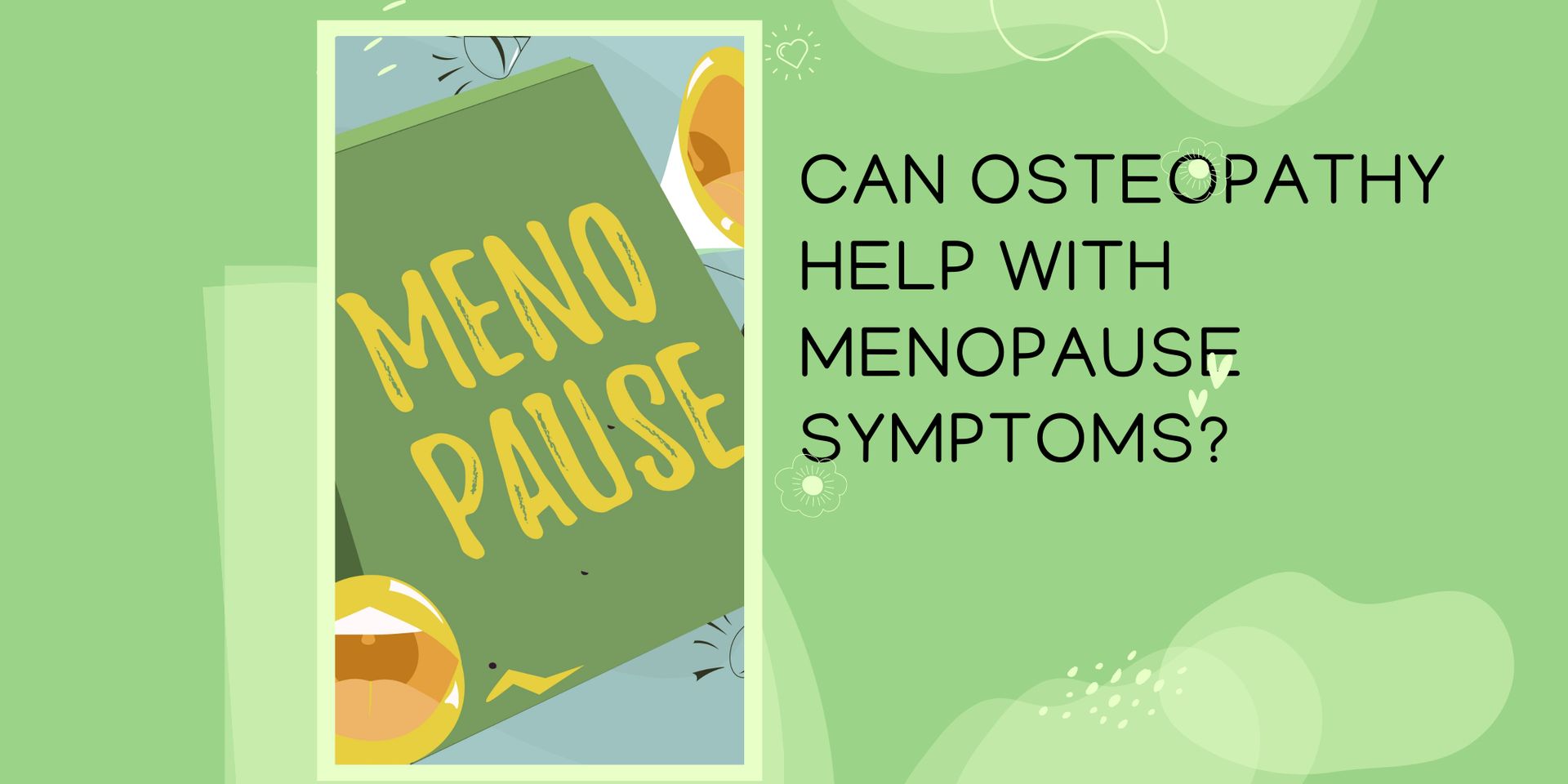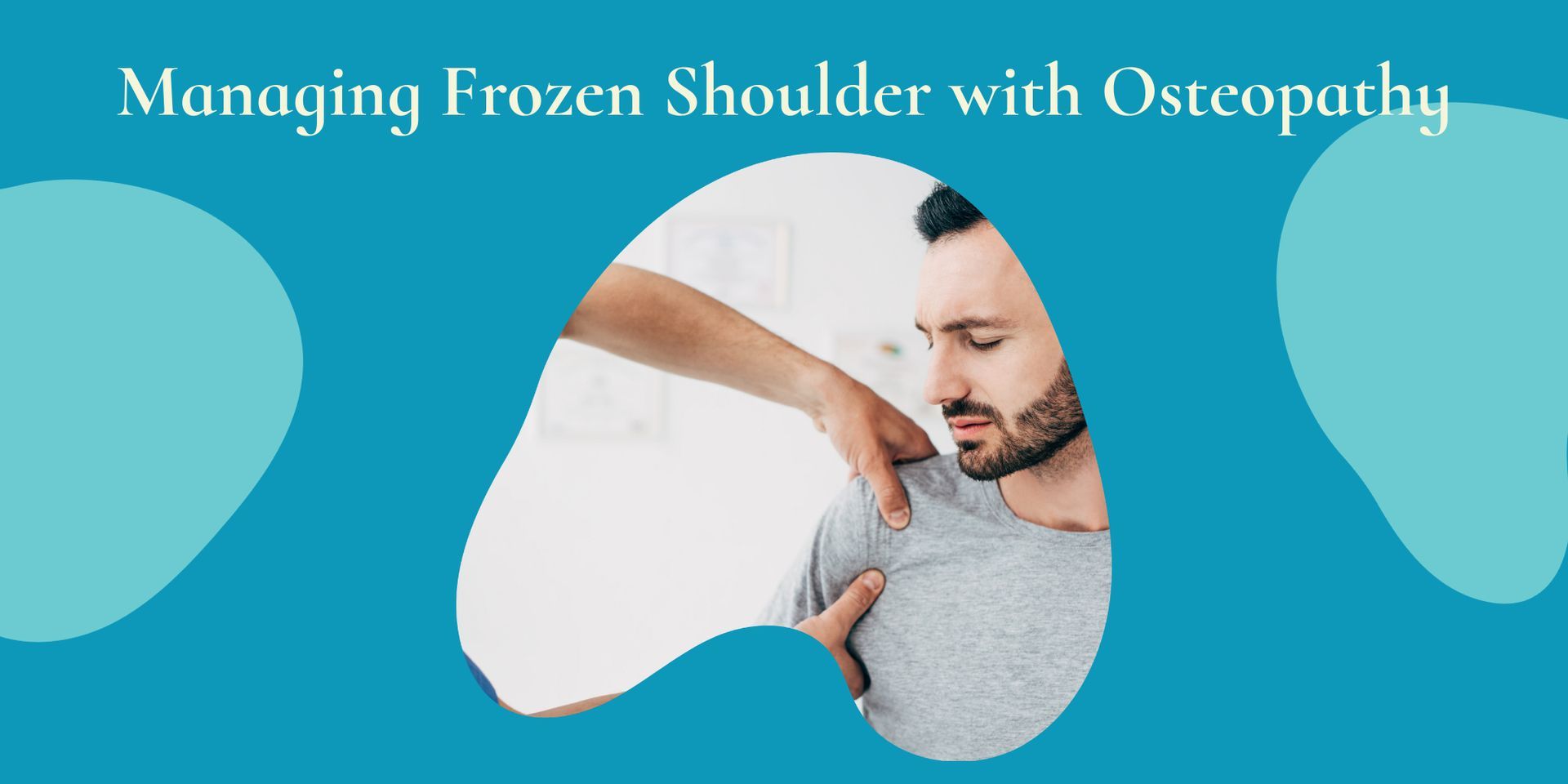What is sciatica and how is it treated
The sciatic nerve is the longest and widest nerve in the human body

How is sciatica diagnosed and treated?
Most people visit their GP when sciatica is suspected. A doctor will review the individual ’ s symptoms and undertake a physical exam which could involve a straight leg raise test in which each leg is lifted to see at what stage pain occurs. Such an exam can help to identify the nerves affected and whether there is a disc problem.
Other tests could be ordered including an X-ray or MRI scan for a closer look at the spine.
Since sciatica can cause its sufferers a great deal of pain, one of the motivations of treatment is to reduce discomfort and increase mobility. Treatment usually involves physical therapy and pain killing medicine to reduce inflammation and pain.
Most sciatica pain resolves naturally over a period of weeks. Only in a minority of cases will patients experience pain for longer.
Many sufferers of sciatica seek the services of an osteopath to help relieve their symptoms and promote recovery. An osteopath is likely to use muscle release techniques to encourage muscles which may have trapped and compressed a nerve to relax and relieve pressure on the sciatic nerve. Such techniques will be supported by a rehabilitation exercise programme.
Patients who have sought osteopathic treatment for sciatica believe that it plays an important role in keeping further episodes of pain at bay.
I hope you found this article useful. While most cases of sciatica are unpreventable, you can take steps to protect your spine by adopting correct lifting techniques and undertaking regular exercise. Some people book twice yearly maintenance treatments with an osteopath to help keep pain and problems at bay.







